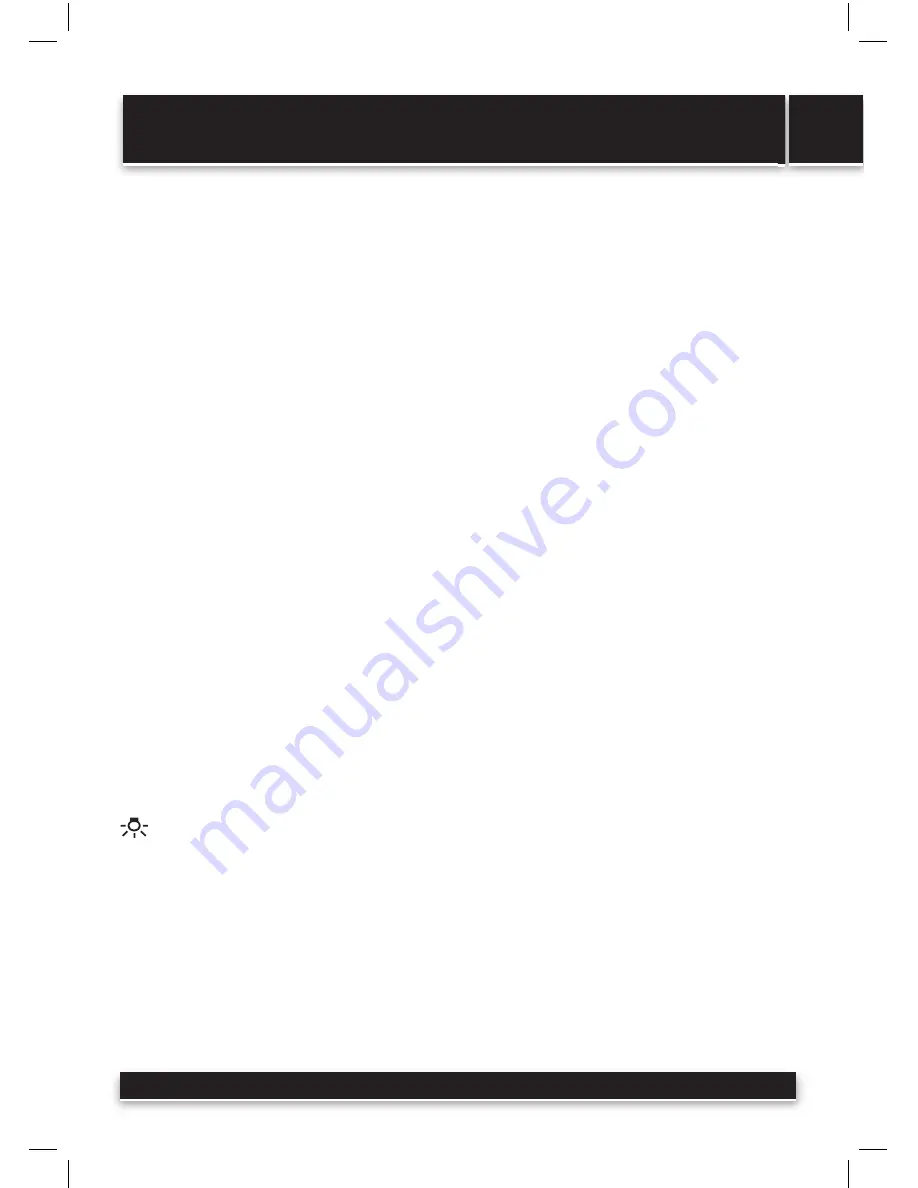
BREAD MAKER
SBR 930 SS
EN
EN 11
Revision 11/2008
9. Salt
Salt is necessary to improve the bread aroma and to achieve proper crust colour. But at the same time salt prevents
yeast from working and therefore the dough from rising. Never use too much of salt in your recipes. If you do not
want to use salt, you may eliminate it completely. The bread should be bigger in size if you do not use salt.
10. Eggs
Eggs may improve the bread texture and make the bread bigger and more nutritious. It also gives the
bread specifi c aroma. If you want to use eggs, make sure to get rid of the shells completely and also make
sure to stir it thoroughly.
11. Fats, butter and vegetable oil
Fats make the bread texture more smooth and fi ne and also fats can make the bread last longer. When
using butter or other types of fats make sure to melt it before use or cut it in small pieces to ensure even
mixing and absorption in the dough.
12. Baking
powder
Baking powder is mostly used for dough rising and for cake baking - programme Ultra Fast. Thanks to
the chemical reaction of the baking powder you do not need to wait for the dough to rise. The reaction
produces gases that make the texture of the bread fi ner.
13. Soda
The same is true for baking powder. Soda may be also used together with baking powder.
14. Water and other liquids
Water is very important during bread baking. Generally, water with temperature between
20-25
°C is most suitable for baking. For quick dough rising (programme Ultra Fast) the water should have
temperature between 45-50
°C. Water may be substituted by fresh milk or by water and milk powder
(2%) mixture. This may improve the bread aroma and the colour of the crust. Some recipes even use juices
(apple, orange, lemon) to improve the bread aroma.
Sequence of adding ingredients into the baking process
You should follow the order or sequence of ingredients adding during the baking process:
•
First you place liquids, water, milk, beer, buttermilk, sour milk, yogurt, etc. into the baking container.
•
Then you may add powdery substances such as fl our, herbs, bran, sprouts, oatmeal, seeds, etc.
•
Pour salt in one of the corners.
•
Pour sugar in other corner.
•
Pour herbs (oil, vinegar, etc.) in yet another corner.
•
Make a hole or groove at the centre of the fl our and place the yeast or baking powder in it. Then cover it
with fl our slightly. If you use fresh yeast, it is recommended to put sugar right in the yeast. Yeast or baking
powder must be always placed on dry fl our!
Tip:
For heavy dough, with high content of wheat, or with high whole wheat content, it is recommended to add
the ingredients in reverse order in order to achieve good mixing/kneading. That is, fi rst put in the machine
dry yeast then fl our and fi nally pour the liquids on the top.
Please remember other important rules for home baking processes:
•
Salt and yeast may never come in direct contact with each other.
•
Add fruits, nuts and cereals and other ingredients that you do not want to get crushed during the kneading,
after the sound signal.
•
Let cereals soak in water over night before baking.
•
If you plan to use delay start, always use cold ingredients.
•
If you use delay start do not use easily perishable ingredients such as eggs, fresh milk, fruits, onions, etc.
•
After you remove the bread from the bread maker, let it cool down for about 15 minutes before cutting.
Use suitable wooden or plastic cutting board.


























